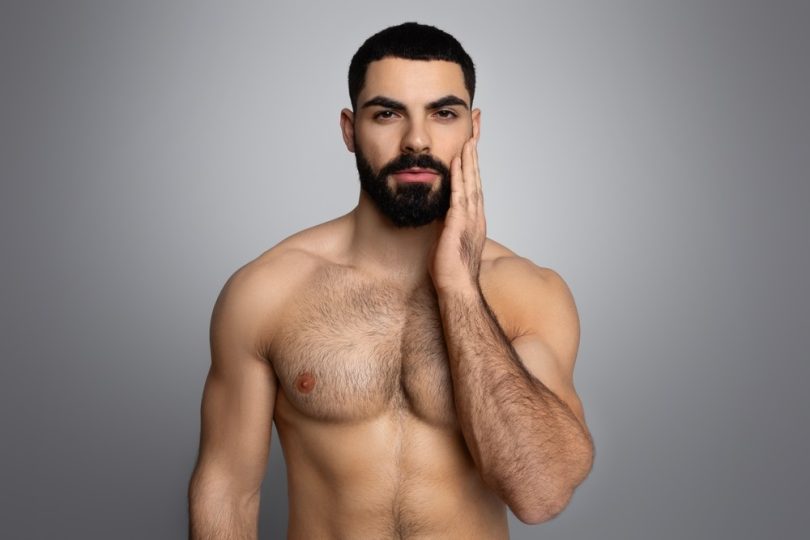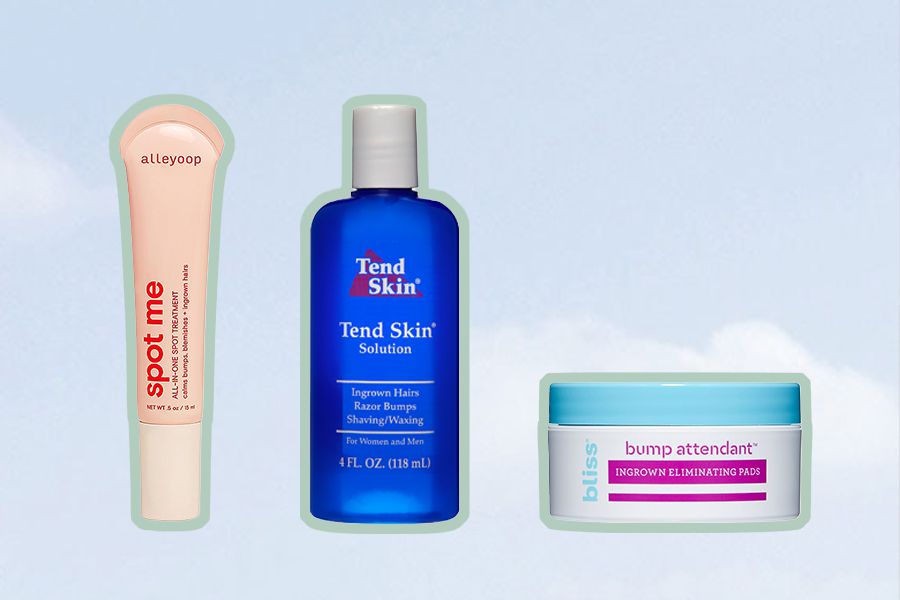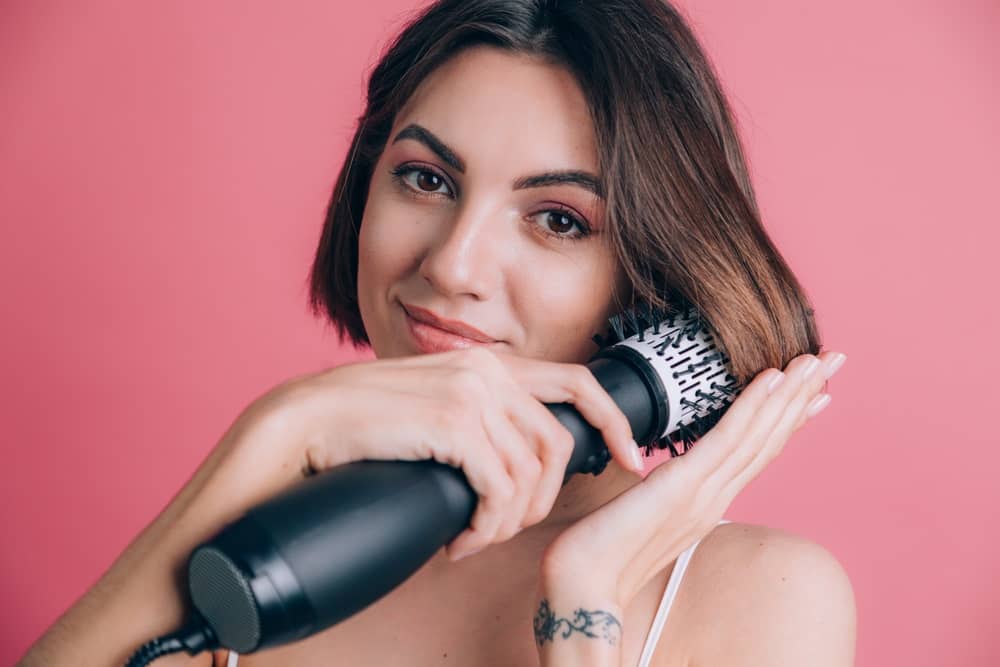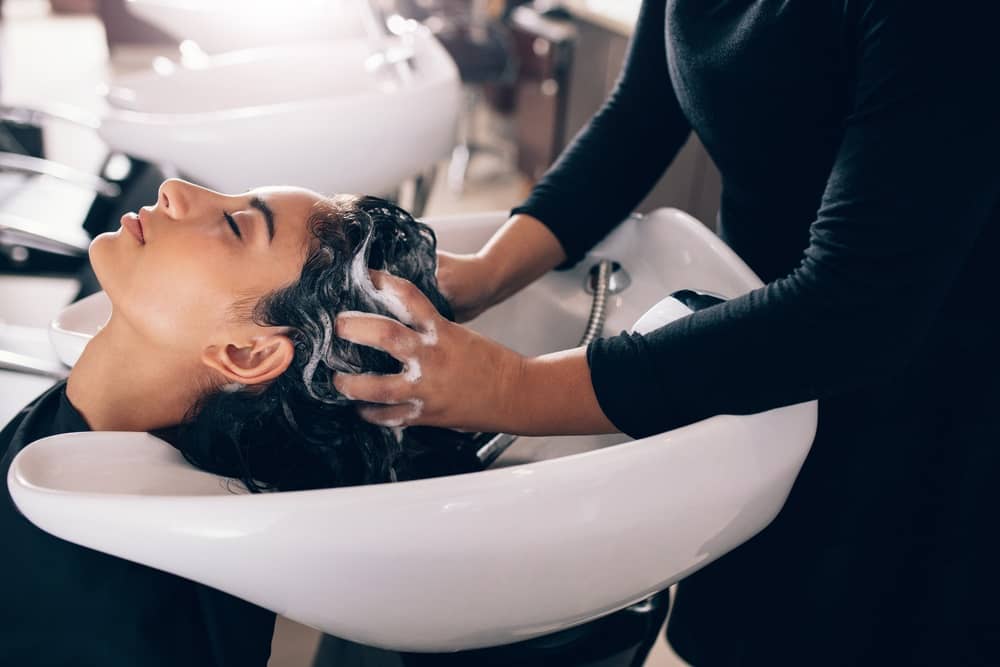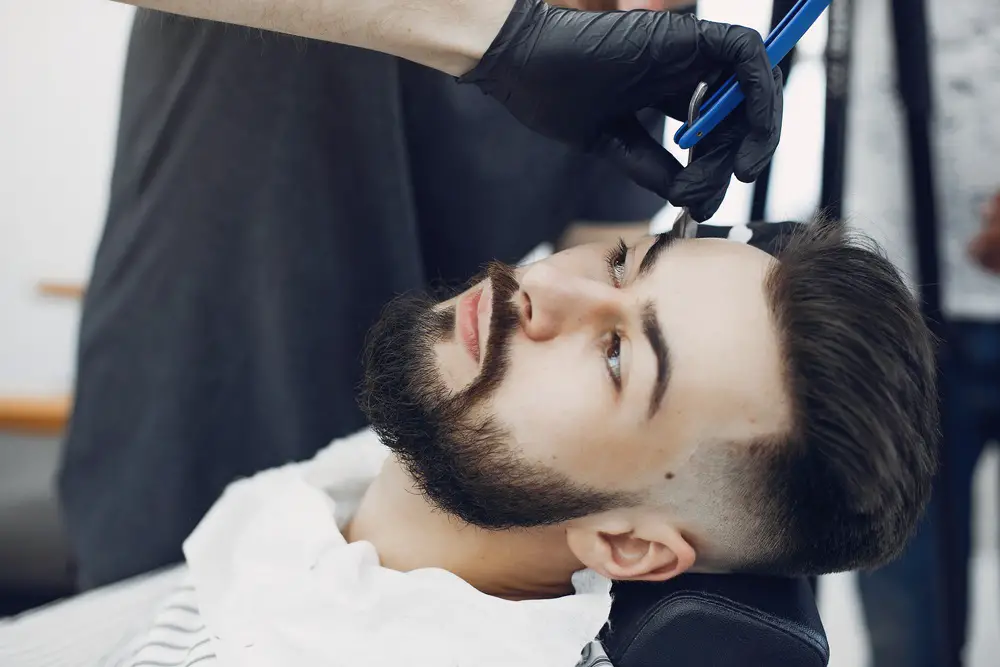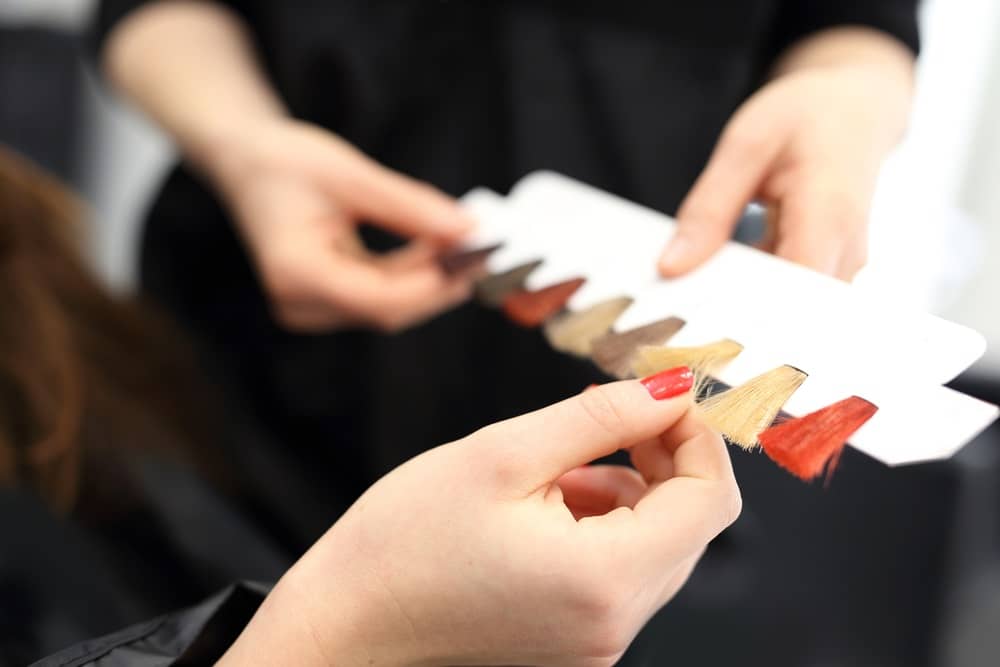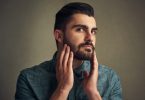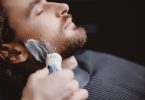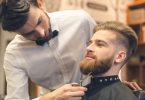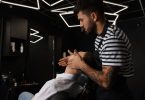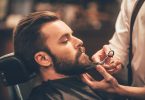When it comes to beard growth, minoxidil has become one of the go-to solutions for men looking to fill in patchy spots or promote overall thickness. But there’s often a burning question that pops up: Can you shave while using minoxidil? The short answer? Yes, you can. But there’s more to it than just grabbing your razor and going at it. Let’s break it down.
The Basics of Minoxidil for Beard Growth
Minoxidil is a topical treatment that’s most commonly used for scalp hair loss but has increasingly been adopted by men aiming to grow fuller beards. When applied to the face, minoxidil helps to stimulate hair follicles, encouraging new growth and strengthening existing strands.
Most users apply it twice a day – typically once in the morning and again in the evening. The key is consistency, but where does shaving fit into the routine?
Shaving and Minoxidil: A Match or a Mess?
Here’s the good news: shaving doesn’t interfere with how minoxidil works. The solution penetrates the skin to reach the hair follicles below the surface. So even if you’re regularly shaving your beard, it won’t prevent minoxidil from doing its job.
In fact, some guys swear by a regular shave during their minoxidil journey, claiming it helps the new growth come in more evenly. But there are a few things to keep in mind.
Timing Matters
If you’re applying minoxidil and shaving within the same time frame, you’ll want to get the sequence right. Shave first, apply minoxidil second. This ensures that the solution gets absorbed properly without being washed off or diluted by shaving cream or aftershave.
Also, after shaving, it’s a good idea to wait a few minutes before applying minoxidil. Freshly shaved skin can be more sensitive, and minoxidil might sting a bit. Waiting for the skin to calm down reduces irritation.
Sensitivity and Irritation: What to Watch For
Minoxidil can sometimes cause dryness or irritation, particularly in sensitive areas like the face. When you add shaving into the mix, there’s potential for increased irritation, especially if you’re using a razor frequently or have sensitive skin.
To minimize this, try to:
- Use a quality moisturizer. After applying minoxidil and once it’s absorbed, applying a good, fragrance-free moisturizer can help combat dryness.
- Use a sharp razor. A dull blade increases the chance of nicks and cuts, which could become irritated by the minoxidil application.
- Go easy on aftershave. Alcohol-based aftershaves can dry out the skin, exacerbating irritation. If you prefer using one, go for a soothing, alcohol-free version.
Should You Shave at All?
Here’s where things get a bit more subjective. Some minoxidil users believe that avoiding shaving altogether during the early stages of growth helps foster stronger and more visible results. Others shave regularly, believing that it doesn’t make much of a difference.
While there’s no definitive answer, it boils down to personal preference. Shaving won’t hinder your progress, but if you’re looking to track growth more easily or like the idea of letting your beard fill in naturally, skipping the shave for a while might give you a better sense of progress.
Beard Care While Using Minoxidil
Using minoxidil to boost beard growth is only one part of the equation. Taking care of the hair that’s growing is essential to maximizing the benefits. Regularly cleansing the skin and beard area ensures you’re clearing away any excess oil, dead skin, or product buildup.
- Exfoliate weekly to prevent clogged pores, especially with daily minoxidil use.
- Condition your beard once it grows longer to keep it soft and manageable.
- Consider beard oils if dryness becomes an issue, but make sure to apply after the minoxidil has fully absorbed.
Conclusion: Yes, You Can Shave
The takeaway here is that shaving while using minoxidil is perfectly fine. It doesn’t impact the effectiveness of the product, and as long as you take care of your skin and follow a proper routine, you can enjoy a clean shave and work towards a fuller beard at the same time.
So, feel free to keep that razor in rotation – just be mindful of your skin and timing, and you’ll be well on your way to a healthier, thicker beard.

